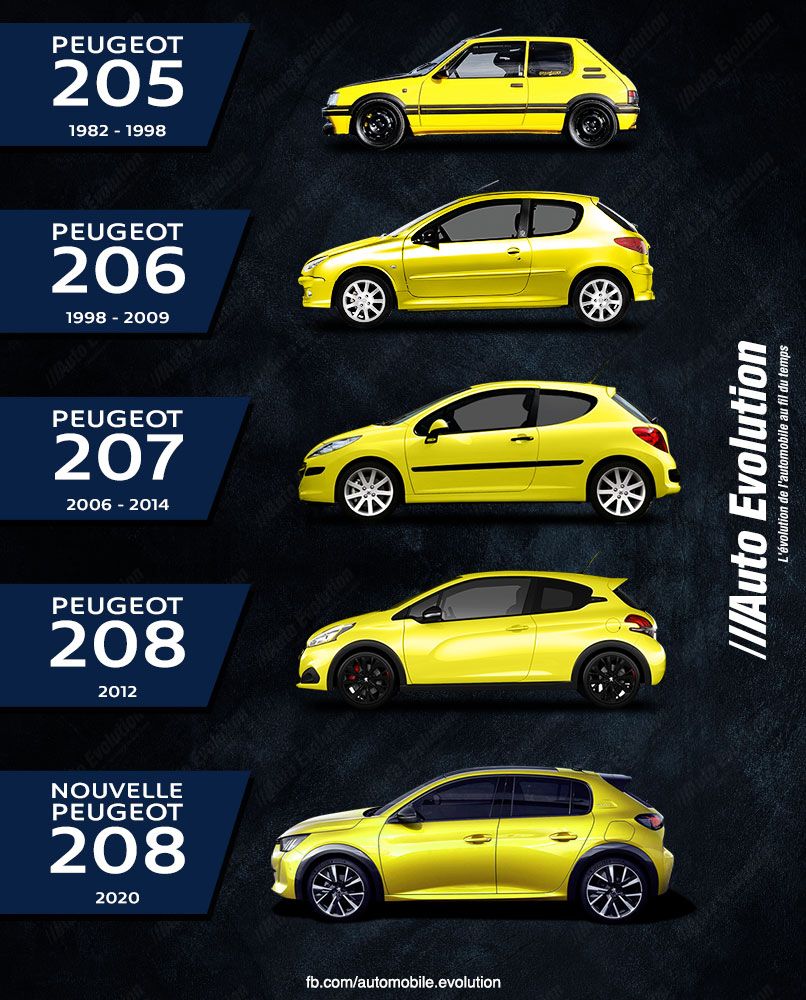PEUGEOT has an incredible story, one of the longest and most interesting in the automotive industry.
PEUGEOT began life as an industrial manufacturer way back in 1810 – a steel foundry producing products such as band saws, umbrella frames and coffee grinders.
The first car to carry the PEUGEOT name was unveiled in 1889, making PEUGEOT the world’s second oldest car manufacturer and the oldest continuous car brand.
Since 1850, PEUGEOT has been represented by the Lion symbol. Originally appearing on the company’s saw blades, the Lion symbolised the toughness of the saw’s teeth, the flexibility of blade like the lion’s spine, the strength of the steel and the speed of the cut, like a bounding lion.
TIMELINE
1810
The beginning of 200 years of innovation
1847
A recognisable brand
1889
The unveiling of Peugeot’s first motor vehicle
1929
The famous numbering system begins
1953
Launch of a Peugeot scooter
1962
An icon is born
PEUGEOT’s interest in mass-market coupés and cabriolets was sparked in 1934 by the success of the Eclipse 401 and 601. Both of these models featured a retractable metal roof designed by automobile designer and hero of the French resistance, Georges Paulin.
But it was in 1962 that the PEUGEOT coupe-cabriolet tradition really took off, with the launch of the beautiful 404 Cabriolet, designed by Pininfarina.
This 60s icon still remains a collector’s favourite and was a worthy forerunner to some of PEUGEOT’s more recent stylish coupés, such as the 308 CC and the stunning RCZ.




















